Editors, geneticists, cosmologists, curators and Britain’s pioneering astronaut attended the annual Scientists meet the Media party in the Science Museum last night, marking the 25th anniversary of the very first gathering to foster mutual understanding between the inhabitants of Fleet Street and Britain’s laboratories.
Speeches to the audience of several hundred in Wonderlab: the Statoil Gallery, were given by Roger Highfield, Director of External Affairs at the Science Museum Group; Executive Director of the Royal Society, Julie Maxton; and Sarah Sands, Editor of the London Evening Standard.
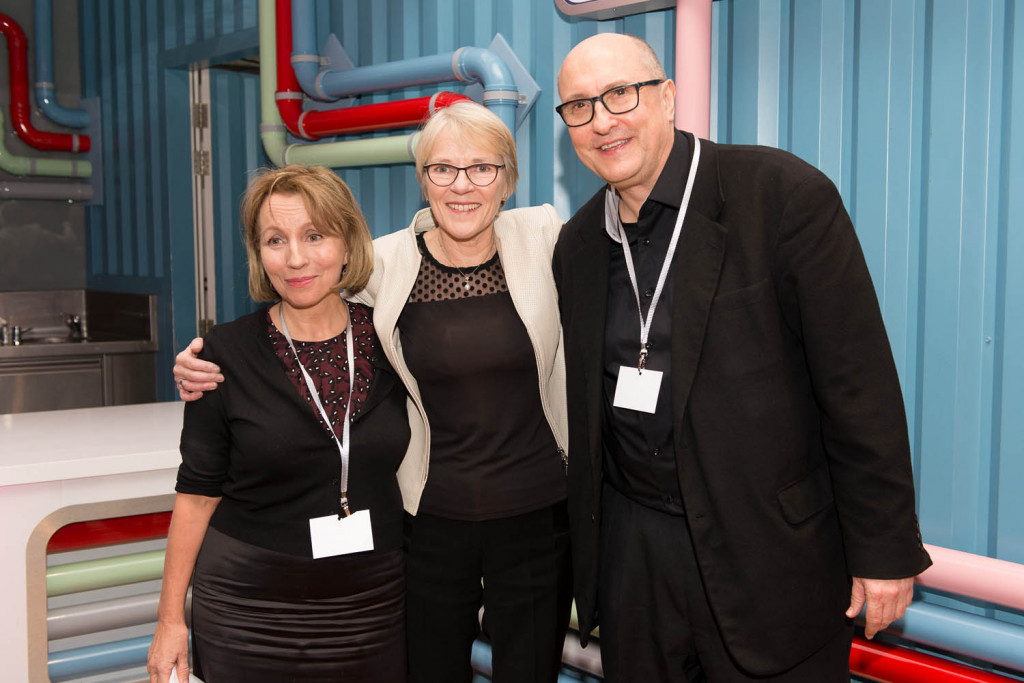
Highfield pointed out how, in this era of Brexit, the Museum Group aims to further raise its international engagement, pointing out how the museum’s exhibition Beyond the Lab is now touring Europe, more than 600,000 people worldwide have seen its Collider exhibition and its Cosmonauts exhibition recently closed in Moscow to rave reviews.
“Everyone at this party has a critical role in the coming era of, for want of a better name, ‘Brex-ump’. We know the public relies on museums for accurate information. We also need great journalism more than ever before. We need fabulous science too. We all have our work cut out for us.”
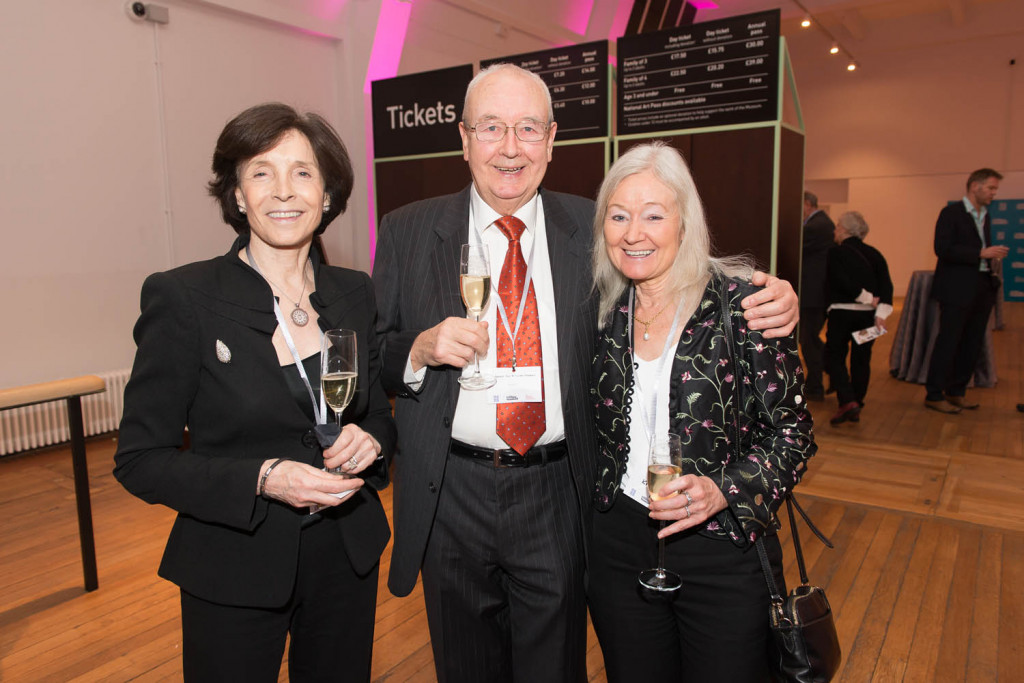
“Can it really be a quarter of a century since we held the very first Scientists meet the Media party, here in the Museum?” added Highfield, who recalled how the very first was attended, among others, by playwright Tom Stoppard, Nature Editor John Maddox, Daily Telegraph Editor Max Hastings, and Judith Hann of Tomorrow’s World, and addressed by the then president of the Royal Society, Sir Michael Atiyah.
Julie Maxton, Executive Director of the Royal Society, told the party that the expression, “may you live in interesting times” has never been more relevant than today, given the recent “political drama.” She emphasised that, whatever some commentators may be saying, there “is still a place in this world for facts.”
Maxton highlighted several scientific milestones: the birth of the first so-called ‘three-parent baby’ and the green light given by our regulators to offer the procedure in the UK; approval for the use of gene editing (CRISPR-Cas9) in human embryos; Google’s DeepMind beating professional Go players; prosthetics with sensations; gravitational waves and “we even had a Royal Society event about Machine Learning at the Royal Festival Hall where touts were selling tickets for a higher mark-up than for Adele at Wembley.”

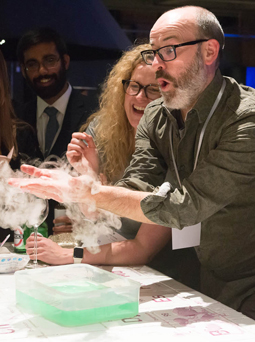
Sarah Sands, Editor of the London Evening Standard, described how she had just walked through Information Age in the Museum and was “so moved to be reminded of the birth of global news” – the first message being sent across the transatlantic cable in 1858 “the start of a golden age in newspapers, before Facebook swallowed us all.” She added that the Evening Standard was adapting, rather than dying.
She was also pleased to see eminent snail geneticist and former Telegraph columnist Steve Jones at the party and congratulated him on his new book, The Ladybird book of Evolution and remarked that he now sits alongside the Prince of Wales “in the pantheon of great scientists who have written Ladybird books.” The series will be featured in January’s Lates.
Perhaps, she mused, the two species of scientists and journalists could cross-breed. “Scientists could sum up their work in a sentence, and journalists could wait 20 years before publishing their stories.”
She also referred to the Evening Standard Progress 1000 party to celebrate the Science Museum’s Mathematics: The Winton Gallery, a “thing of great beauty”, and added that mathematicians now seem to run the city, Davos AND the world, and are “masters of the universe.”
“The Evening Standard’s love affair with science has continued.”
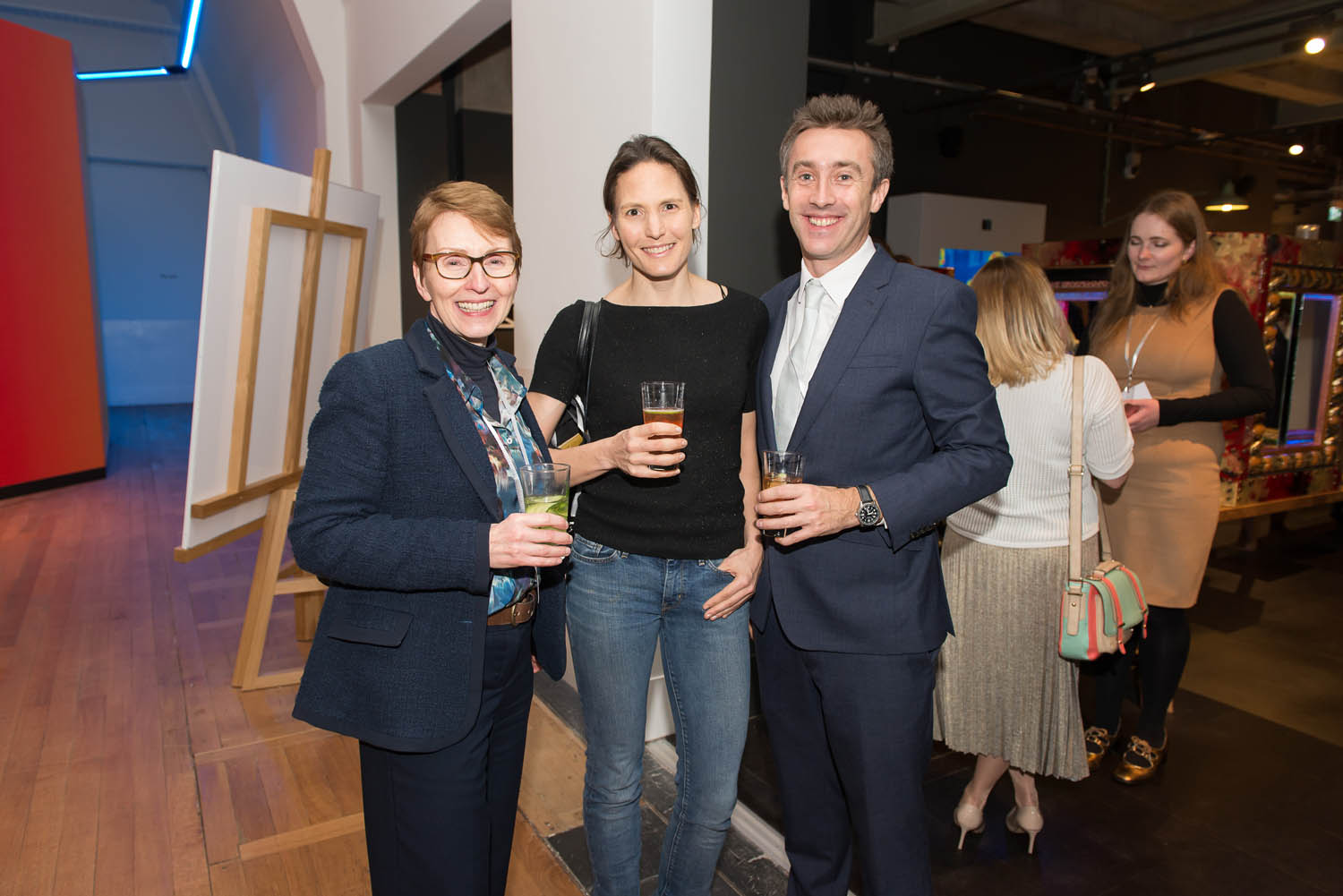
Sands congratulated the Director of the Museum, Ian Blatchford, on his recent wedding and the Chair of the Board of Trustees, Dame Mary Archer, for her “magnificent” performance on a recent University Challenge festive special.
Among the scientists and dignitaries were Royal Institution Christmas Lecturer Saiful Islam; Dame Athene Donald, Master of Churchill College, Cambridge; SMG Trustee Lopa Patel; Vivienne Parry of Genomics England; former Chief Scientific Advisor Sir William Stewart; psychologists Sir Chris and Dame Uta Frith; Tom McLeish of Durham University; astronaut Helen Sharman and Sir John Pendry, both of Imperial College London; cosmologist John Barrow; optical communications expert Professor Polina Bayvel and computational chemist Prof Peter Coveney of UCL; geneticist Dame Kay Davies; Sir Martyn Poliakoff, University of Nottingham; and stem cell scientist Robin Lovell-Badge of The Francis Crick Institute.
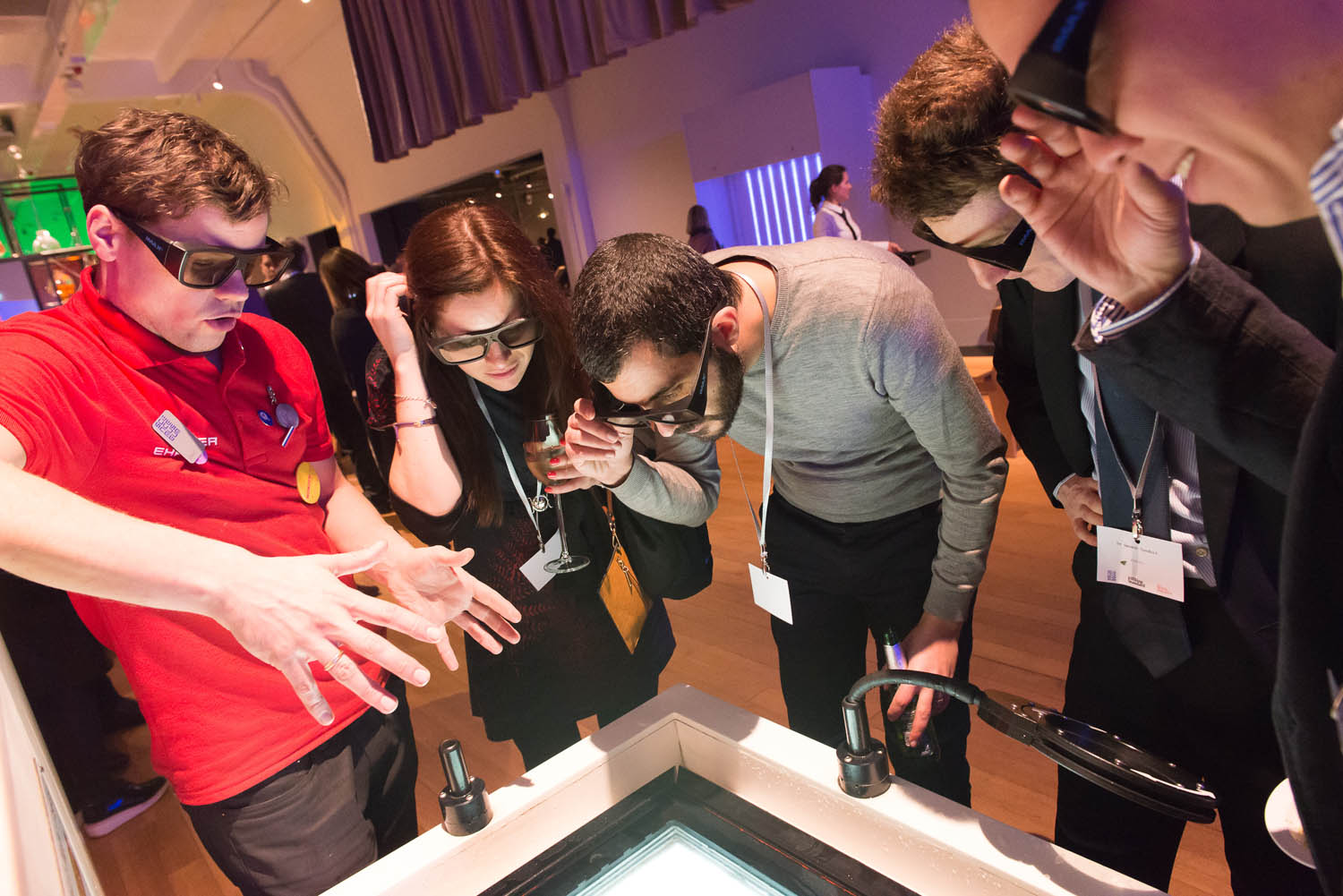
Among the leading journalists at the party were presenters Helen Czerski, Emily Grossman, Dallas Campbell and Siân Lloyd; BBC science and medical correspondents Pallab Ghosh, Fergus Walsh and Rebecca Morelle; radio broadcaster Adam Rutherford; Alok Jha, Science Correspondent at ITV News; Phil Dolling, Head of BBC Events; Oliver Morton and Geoff Carr of the Economist; Samantha Weinberg of Intelligent Life; Tom Chivers of Buzzfeed; Andrew Cohen, Head of the BBC Science Unit; Deborah Cohen, Editor of the BBC Radio science unit; New Scientist Managing Editor Rowan Hooper and veteran reporter Andy Coghlan; Ian Sample of the Guardian; authors Jo Marchant, Kat Arney, Philip Ball, Angela Saini and Linda Geddes; and freelancers Nic Fleming and David Derbyshire.
At the end of the speeches, Wonderlab opened to provide the opportunity for Fellows of the Royal Society, esteemed Editors and Science Museum Group Curators to race down the friction slides.
